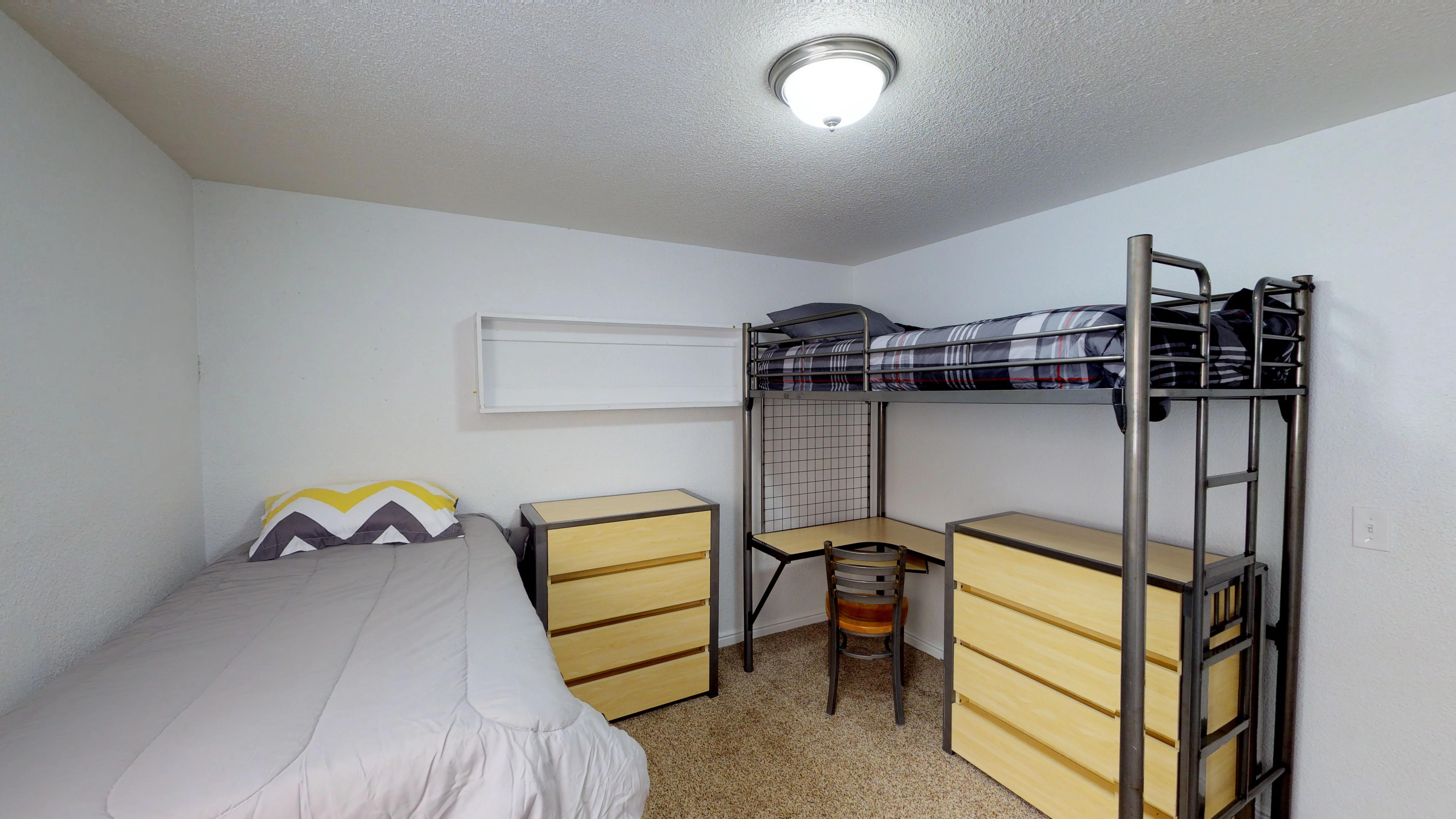As a student, finding the right place to live can make or break your academic experience. Furnished student apartments have become a popular housing option for many, offering convenience and comfort but also coming with some trade-offs. Whether you’re a freshman moving away from home or a grad student looking for a hassle-free setup, understanding the pros and cons of furnished student apartments can help you make an informed decision. Let’s dive into the key advantages and disadvantages.
Pros of Furnished Student Apartments
- Convenience and Time-Saving Setup: Furnished apartments come ready with essentials like beds, desks, chairs, and sometimes even kitchenware. This eliminates the need to shop for furniture, which is a huge relief for students juggling busy schedules or moving from far away. You can settle in quickly and focus on studies or campus life.
- Cost-Effective for Short-Term Stays: For students on short-term leases—think study abroad programs or semester-long internships—furnished apartments save you from buying furniture you’ll only use temporarily. You avoid the hassle and expense of moving heavy items or selling them when you leave.
- All-Inclusive Amenities: Many furnished student apartments come with utilities, Wi-Fi, and amenities like laundry facilities or gym access included in the rent. This simplifies budgeting, as you’re less likely to face surprise utility bills or additional setup costs.
- Ideal for International or Out-of-State Students: If you’re relocating from another country or state, transporting furniture can be expensive and impractical. Furnished apartments provide a ready-to-go living space, making the transition smoother and less stressful.
- Minimal Maintenance: Since the furniture is provided by the landlord or property management, they’re typically responsible for repairs or replacements. This means less worry about fixing a broken couch or replacing a worn-out mattress.
Cons of Furnished Student Apartments
- Higher Rent Costs: The convenience of furnished apartments comes at a premium. Rent for furnished units is often significantly higher than for unfurnished ones, which can strain a student’s budget over time, especially for long-term leases.
- Limited Personalization: With pre-selected furniture, you may have little room to customize your space. If you have a specific aesthetic in mind or prefer certain types of furniture, you might feel restricted by what’s provided.
- Quality and Condition Concerns: Not all furnished apartments offer high-quality furniture. Some may come with worn-out or outdated items, and you might have limited recourse if the furnishings aren’t up to par. Inspecting the apartment beforehand is crucial.
- Less Flexibility for Long-Term Tenants: If you’re staying for multiple years, furnished apartments might not be the best financial choice. Investing in your own furniture could be cheaper in the long run, especially if you plan to reuse it after graduation.
- Potential for Additional Fees: Some landlords impose fees for damages to furniture, even for normal wear and tear. You might also face restrictions, like not being allowed to move or replace items, which can feel limiting.
Is a Furnished Student Apartment Right for You?
Choosing a furnished student apartment depends on your priorities and circumstances. If convenience, flexibility, and a quick move-in process are key, the higher cost and lack of personalization might be worth it. However, if you’re staying long-term or want a space that feels uniquely yours, an unfurnished apartment might be a better fit.
Before signing a lease, weigh your budget, lifestyle, and how long you plan to stay. Tour the apartment to check the furniture’s condition, clarify maintenance responsibilities, and read the lease carefully to avoid surprise fees. By balancing these factors, you can find a living situation that supports your academic journey and personal comfort.




